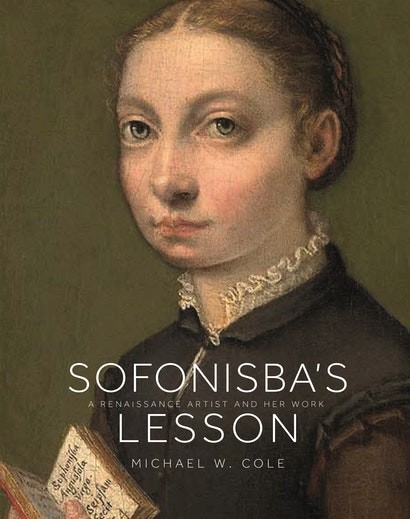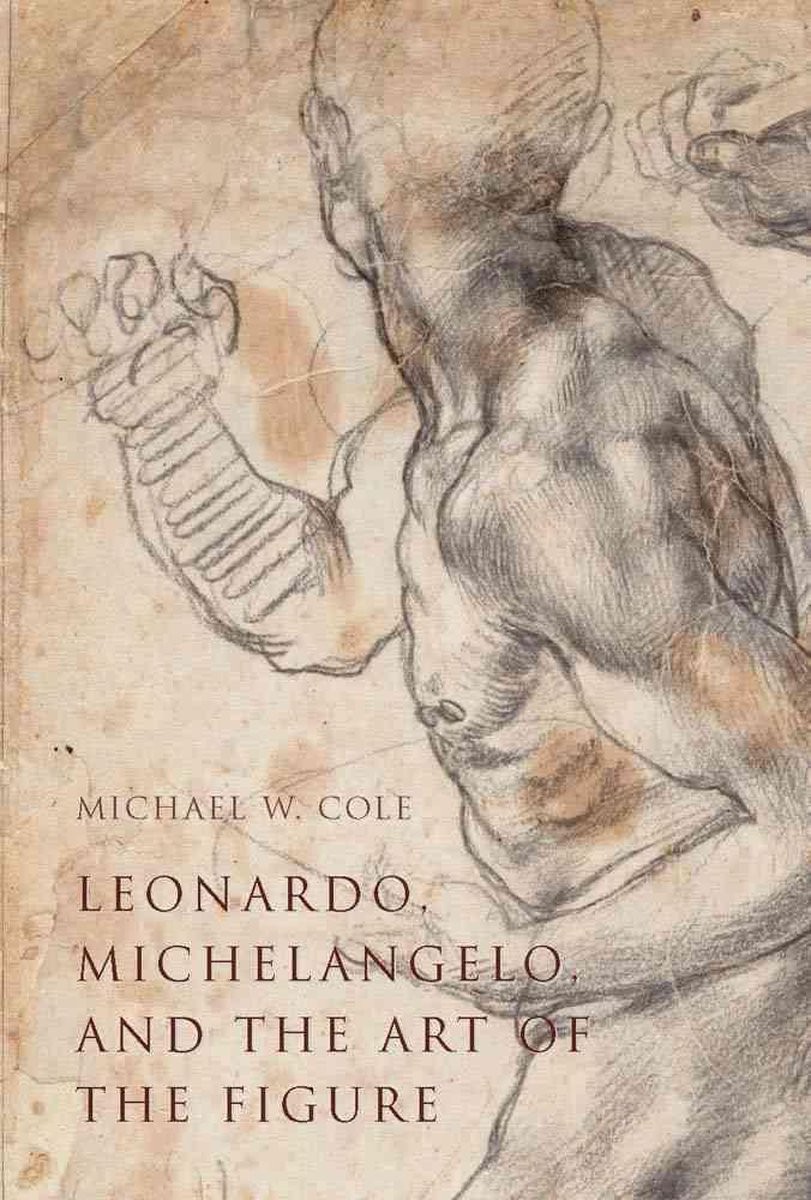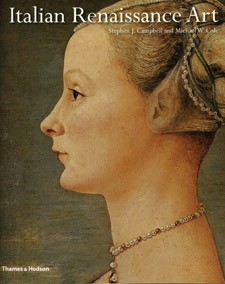Michael Cole
Italian Renaissance and Baroque Art
Ph.D., Princeton University, 1999
Biography
Michael Cole is a specialist in Renaissance and Baroque European art, with a focus on art in fifteenth-, sixteenth-, and seventeenth-century Italy. His most recent book, Sofonisba’s Lesson, is a study of the portraitist Sofonisba Anguissola and how she changed the image of women’s education in Europe.
Cole has also written extensively on the materials of art, with essays on the early modern conception of bronze, on the sculptor’s use of the stone block, on the centrality of wax and clay models, and on the aesthetic of impoverishment. Much of his work has focused on the history of artistic practices: why things were made the way they were, how techniques themselves could take on or change in meaning over time. He has co-curated exhibitions on the experimental etchings made by Early Modern European painters and on the role of drawing in the work of Renaissance sculptors. His 2011 book on the sculptors Giambolona, Bartolomeo Ammanati, and Vincenzo Danti proposed to approach Renaissance art in terms of “ambition”: it observed that some late sixteenth-century sculptors came to key their practice to the model rather than finished object and that others were led by ambition to a shift in genre, framing sculpture in terms of architecture and urbanism. His 2015 book on Leonardo and Michelangelo asked what it meant for the figure to become the locus of art in the period around 1500.
Cole’s other work has looked at the importance of the studio setting for Early Modern painting and sculpture, at the history of idolatry, and at the phenomenon of “subjectless” art in sixteenth-century Italy. He has also written on magic, demonology, and Renaissance conceptions of “animation.” Many of these themes also guided the textbook he co-authored with Stephen Campbell.
Selected Books
Sofonisba’s Lesson: A Renaissance Artist and Her Work, Princeton University Press, 2019
Leonardo, Michelangelo and the Art of the Figure, Yale University Press, 2015
Donatello, Michelangelo, Cellini: Sculptors' Drawings from Renaissance Italy, Paul Holberton, 2014
Ambitious Form: Giambologna, Ammanati, and Danti in Florence, Princeton University Press, 2011.
Italian Renaissance Art (with Stephen Campbell), Thames & Hudson, 2011.
The Early Modern Painter-Etcher, (editor), Penn State Press, 2006.
Inventions of the Studio, Renaissance to Romanticism, (with Mary Pardo, co-editor), University of North Carolina Press, 2004.
Cellini and the Principles of Sculpture, London and New York: Cambridge University Press, 2002.
Selected Articles
“Der Technical Turn,” Florenz und seine Maler: Von Giotto bis Leonardo da Vinci, exhibition catalogue, Alte Pinakothek (Munich: Hirmer, 2018), 105-113
“Leonardo on the Stairs” (with Carolyn Yerkes), essay for Leonardo e gli altri, ed. Francesca Borgo, Rodolfo Maffeis and Alessandro Nova (Munich: Fink, 2018), 307-17, 453-62
“Vincenzo Danti’s Deceits” (with Diletta Gamberini), Renaissance Quarterly 69 (2016), 1296-1342
“What is a Bozzetto?” essay for Material Bernini, ed. Evonne Levy and Carolina Mangone (Aldershot: Ashgate, 2016), 123-46
“Sculpture before Photography,” essay for Vision and its Instruments, ca. 1350-1750, ed. Alina Payne (State College: Penn State University Press, 2015), 241-258
“Are Angels Allegories?,” in Die Oberfläche der Zeichen. Bildallegorien der frühen Neuzeit in Italien und die Hermeneutik visueller Strukturen, ed. Klaus Krüger, Wolf Löhr, and Ulrike Tarnow (Munich: Fink, 2015), 135-46, 206-19
“Arti povere, 1300-1650,” in The Matter of Art: Materials, Technologies, Meanings, c. 1250-1650, ed. Christy Anderson, Anne Dunlop, and Pamela Smith (Manchester: Manchester University Press, 2014), 240-62
“Francesco Mochi: Size, Scale and Stone,” in Critical Perspectives on Early Modern Roman Sculpture, ed. Anthony Colantuono and Steven Ostrow (University Park: Penn State University Press, 2014), 41-62
“Towards an Art History of Spanish Italy,” I Tatti Studies 16(2013), 37-46
"The Cult of Materials," in Renouveau et invention, la sculpture à travers ses histoires matérielles, ed. Martina Droth and Sébastien Clerbois (Oxford: Peter Lang, 2011): 1-15
"Perpetual Exorcism in Sistine Rome," from Michael Cole and Rebecca Zorach, ed., The Idol in the Age of Art: Objects, Devotions, and the Early Modern World (Aldershot: Ashgate, 2009): 57-76
"Giambologna and the Sculpture with No Name," Oxford Art Journal 32 (2008): 337-60
"Bernini Struts," in Projecting Identities: The Power of Material Culture, ed. Joanna Sofaer Derevenski (London: Blackwell [New Interventions in Art History Series], 2007): 55-66
"Harmonic Force in Cinquecento Painting," in Animationen/Transgressionen: Das Kunstwerk als Lebewesen (Hamburger Forschungen zur Kunstgeschichte; 4), ed. Ulrich Pfisterer and Anja Zimmermann (Berlin: Akademie-Verlag, 2005): 73-94
"Münzen als Medaillen unter den ersten Medici-Herzögen," in Die Renaissance-Medaille in Italien und Deutschland, ed. Georg Satzinger (Münster: Tholos Kunsthistorische Studien, 2004): 195-212
"The Demonic Arts and the Origin of the Medium," Art Bulletin 84 (2002): 621-640
"The Figura Sforzata: Modeling, Power, and the Mannerist Body," Art History 24 (2001): 520-51





